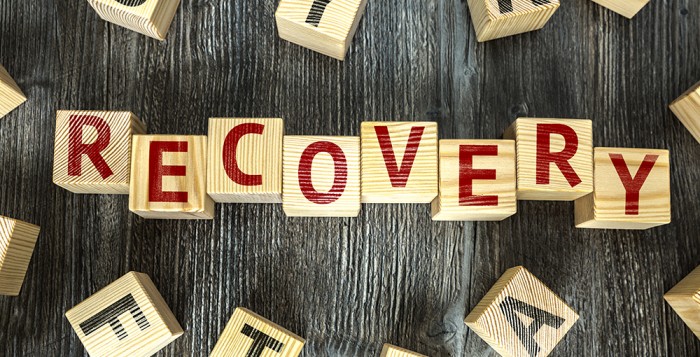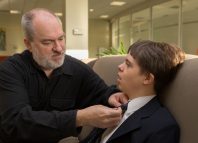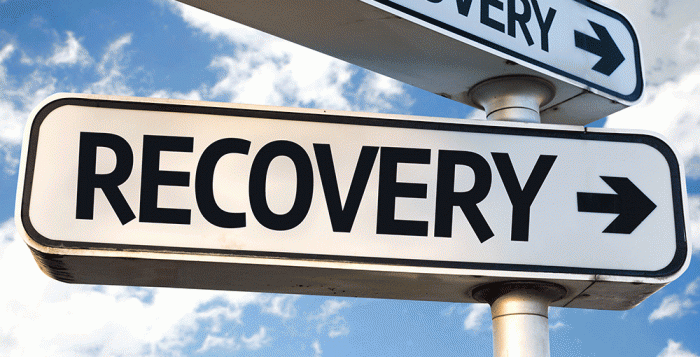
Nothing about us without us.
That is the mantra that emanates from the recovery community any time policy decisions are being considered that would affect those seeking or already in recovery from substance use disorder (SUD) or mental health issues.
The thinking goes that no one knows the plight and the needs of the person seeking recovery better than those who have sought and found recovery themselves. The peer profession is based largely on this tenet. I can attest to the power of the peer. Without those with lived experience helping me early in my recovery and, in fact, to this day, my life likely would not have followed the path that it has.
“Nothing about us without us” is a spoken tie that binds, and often times it’s a rallying cry in an us-against-them mentality. It’s no different from any other special interest, including the addiction treatment providers who I represent, rallying their own against perceived threats from outside influences. It’s what we as advocates do.
But that tie is being tested with a yet-to-be-introduced bill – called Promoting Recovery, Opportunity, Professionalism, Ethics, and Longevity (PROPEL) – that would radically change the way peer services are provided in Pennsylvania. It is being tested because the bill lacks widespread support within the recovery community. Few in the recovery community had any hand in shaping it. In fact, from the many conversations I’ve had with those in the peer community, most had no idea this bill was even in the works. Many probably still don’t know it’s been written [read full blog entry].

In September 2023, the Substance Abuse and Mental Health Services Administration (SAMHSA) released a report, “Recovery from Substance Use and Mental Health Problems Among Adults in the United States.”
Although the definition and concept of recovery from addiction have been morphing for some time, the self-reported data contained in the report, coupled with SAMHSA’s definition of recovery, lays out starkly that what is considered recovery today is far different from what it has been considered historically. In some ways, it begs the question, then, “What is the purpose of addiction treatment?” What are the implications for addiction treatment providers, who for decades have operated with a mission of helping their patients stop their use of drugs and alcohol?
Using data from the 2021 National Survey on Drug Use and Health (NSDUH), SAMHSA’s report shows that 70 million adults aged 18 or older perceived that they ever had a substance use or mental health problem. For substance use specifically, of the 29 million adults who perceived that they ever had a substance use problem, 72 percent (or 20.9 million) considered themselves to be in recovery or to have recovered from their drug or alcohol use problem (see SAMHSA’s press release). [read full blog entry]
In 2016, I had the great opportunity to watch and participate in the birth of Pennsylvania’s Opioid Use Disorder (OUD) Centers of Excellence (COEs). In fact, my role at the Department of Human Services (DHS) as special assistant to the secretary was exclusively to support the implementation and operation of the COEs. Today, with a changed vantage point but still close to the COEs, I am afraid I am watching the program’s demise as seven years of consistent requirements and expectations give way to a mishmash of wildly varying requirements across five behavioral health managed care organizations (BH-MCOs) that threaten the integrity and jeopardize the sustainability of the program… [click “continue” button to read more].
Welcome to the first of what we hope will be many blogs. Our intention is to write commentary about the most important issues facing substance use disorder and mental health treatment providers in Pennsylvania, providing not only the facts of the situation, but our views and opinions on them. Our work with and on behalf of our members as well as our personal experiences will largely drive this blog. We know what is important to you. After all, you set our agenda. But if you have an idea about what we should be covering or an opinion or comment about what we’ve written, we want to know. We look forward to your thoughts as our new effort to provide thought leadership and foster dialog on the day’s most important behavioral health issues unfolds.












